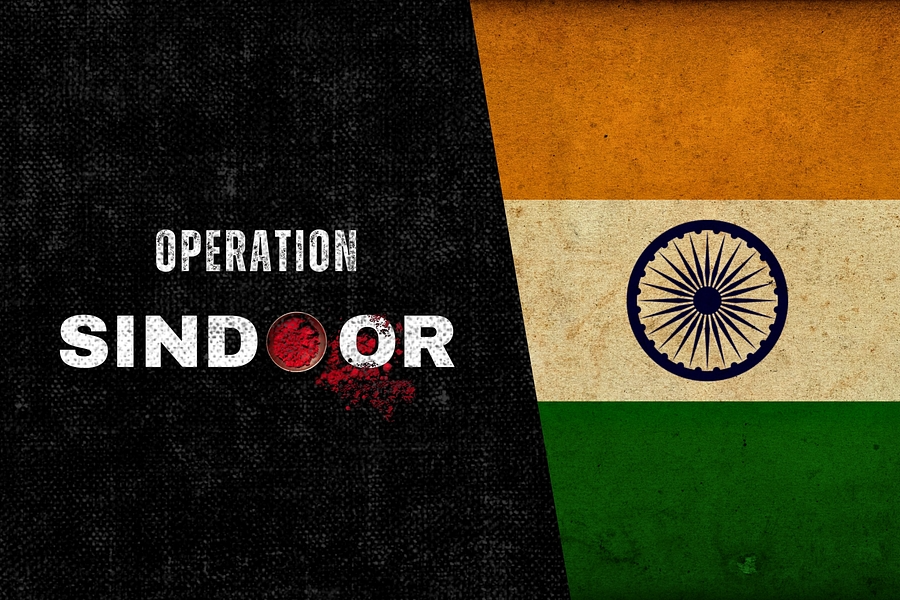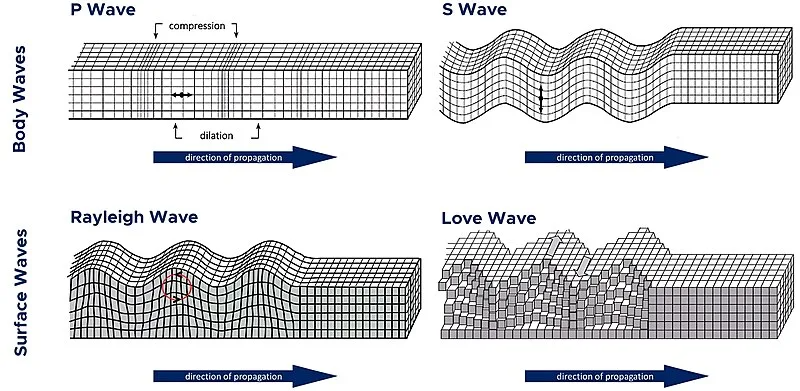July 23rd Current Affairs
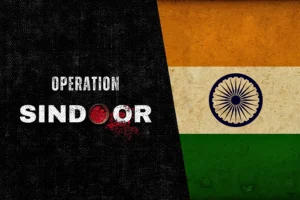
Operation Sindoor
July 21st Current Affairs Home / Operation Sindoor Why in News? Parliament’s Monsoon Session, starting July 21, 2025, is expected to feature
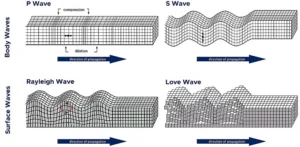
Alaska Earthquakes
July 21st Current Affairs Home / Alaska Earthquakes Why in News? On July 21, 2025, Alaska Peninsula was struck by
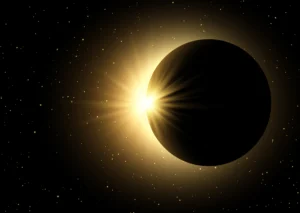
August 2, 2027 Solar Eclipse
July 21st Current Affairs Home / August 2, 2027 Solar Eclipse Why in News? A total solar eclipse is set

India’s milestone in clean energy transition
July 21st Current Affairs Home / India’s milestone in clean energy transition Why in News? India achieved a milestone by

‘Baby Grok’, child-friendly AI app
July 21st Current Affairs Home / ‘Baby Grok’, Child-friendly AI app Why in News? Elon Musk’s AI company xAI has announced
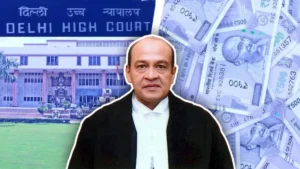
Impeachment proceedings against Justice Yashwant Verma
July 22nd Current Affairs Home / Impeachment proceedings against Justice Yashwant Verma Context On July 22, 2025, impeachment proceedings against
Keezhadi Excavation Issue
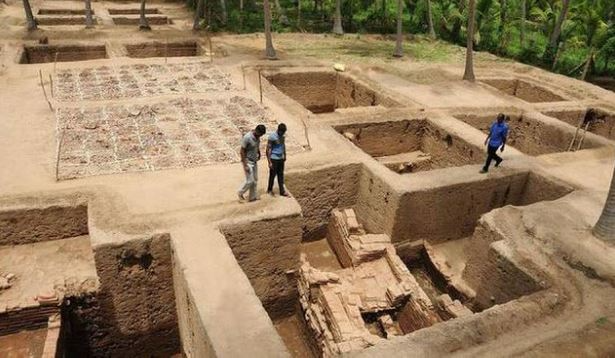
Context
Keezhadi (also spelled Keeladi) is an archaeological site in Sivaganga district, Tamil Nadu, near Madurai. It has revealed evidence of an urbanized settlement with advanced architecture and script usage, possibly linked to the ancient Sangam-era Tamil civilisation. A recent Centre-state controversy has emerged over the time period classification in the excavation report submitted by archaeologist Amarnath Ramakrishna.
History
- Excavations began in 2014 under the Archaeological Survey of India (ASI), led by Amarnath Ramakrishna.
- The site has yielded pottery with Tamil-Brahmi inscriptions, brick structures, terracotta pipes, and industrial artifacts, pointing to urban life.
- Keezhadi is believed to be part of the Vaigai river valley civilisation, contemporaneous with the post-Indus Valley phase, possibly bridging a civilisational gap in Indian history.
Why in the News?
- Culture Minister Gajendra Shekhawat informed Parliament that the report is under review, and the time period (8th–5th century BCE) assigned to Period 1 is “not justified”.
- The government has not formally rejected the report but has raised concerns over periodisation and dating methodology, asking for revisions.
- This has led to a political row, with DMK accusing the Centre of attempting to dilute Tamil historical contributions
Significance
- Civilisational Continuity: Keezhadi may establish a link between the Indus Valley and Sangam-era Tamil society.
- Urbanism: Evidence of grid planning, terracotta pipelines, and literacy indicates an advanced urban culture.
- Cultural Identity: Strengthens Tamil Nadu’s historical narrative, impacting language and cultural pride.
Comparison with Indus Valley Civilization (IVC)
Aspect | Indus Valley | Keezhadi |
Period | 2600–1900 BCE | Claimed 8th–3rd BCE (now under review) |
Script | Indus script (undeciphered) | Tamil-Brahmi (early deciphered form) |
Urban Planning | Advanced, grid-based | Similar urban features |
Drainage | Well-developed | Presence of terracotta pipelines |
Location | North-western India & Pakistan | Southern India (Tamil Nadu) |
ASI
- ASI, under the Ministry of Culture, is the premier organization for archaeological research and protection of cultural heritage.
- Formed in 1861, ASI manages over 3,600 protected monuments and oversees major excavations.
Legal Provisions
- The Ancient Monuments and Archaeological Sites and Remains Act, 1958 governs ASI’s functions.
- Prohibits unauthorized construction near protected monuments.
- Authorizes excavation, protection, and documentation of archaeological sites.
Technical Terms Defined
- Carbon Dating: Technique to determine the age of organic remains using the decay of carbon-14 isotope.
- AMS (Accelerator Mass Spectrometry): A precise form of carbon dating.
- Stratigraphy: Study of layered deposits to understand chronological sequences.
Impacts
On India:
- Enhances understanding of southern India’s pre-modern urbanism.
- Empowers regional cultures and challenges north-centric historical narratives.
- Boosts tourism, education, and state pride.
Globally:
- Adds to global knowledge about early urban societies beyond Mesopotamia, Egypt, and IVC.
- Offers new data for comparative civilizational studies.
Challenges
- Political Interference: Disputes between Centre and state on heritage narratives.
- Dating Disputes: Lack of consensus on archaeological chronology.
- Institutional Coordination: ASI vs State Archaeology Departments friction.
- Resource Constraints: Limited funding and personnel for follow-up research.
Way Forward
- Scientific Transparency: Publish all findings, dating methods, and peer reviews openly.
- Collaborative Research: Involve independent archaeologists, institutions, and international experts.
- Depoliticize Archaeology: Promote heritage as national pride beyond regionalism.
- Public Engagement: Educate people on heritage through museums, publications, and documentaries.
- Boost ASI Capacity: Provide more autonomy, funding, and training to enhance credibility.
Prelims MCQ
Q. Consider the following statements regarding the Keezhadi excavation:
- Keezhadi is located in Tamil Nadu and has revealed signs of an ancient urban civilization.
- The initial report of Keezhadi classified one period as dating from the 8th to 5th century BCE.
- The ASI has rejected the Keezhadi report submitted by the lead archaeologist.
Which of the above statements is/are correct?
A. 1 and 2 only
B. 2 and 3 only
C. 1 and 3 only
D. 1, 2, and 3
Answer: A. 1 and 2 only
Explanation:
Statement 1 is correct: Keezhadi is located in Tamil Nadu’s Sivaganga district and has unearthed an advanced urban society with features like drainage, inscriptions, and industrial tools.
Statement 2 is correct: The initial excavation report classified Period 1 as belonging to the 8th–5th century BCE, though this is currently under review.
Statement 3 is incorrect: The Ministry clarified in Parliament that while the report is under review and suggestions were made for revisions, no formal rejection has occurred.
Mains Question
Q. Keezhadi excavations suggest the presence of an advanced urban culture in ancient Tamil Nadu. Discuss the significance of these findings in understanding India’s civilizational history. How do such archaeological debates reflect contemporary political concerns? (250 words)



